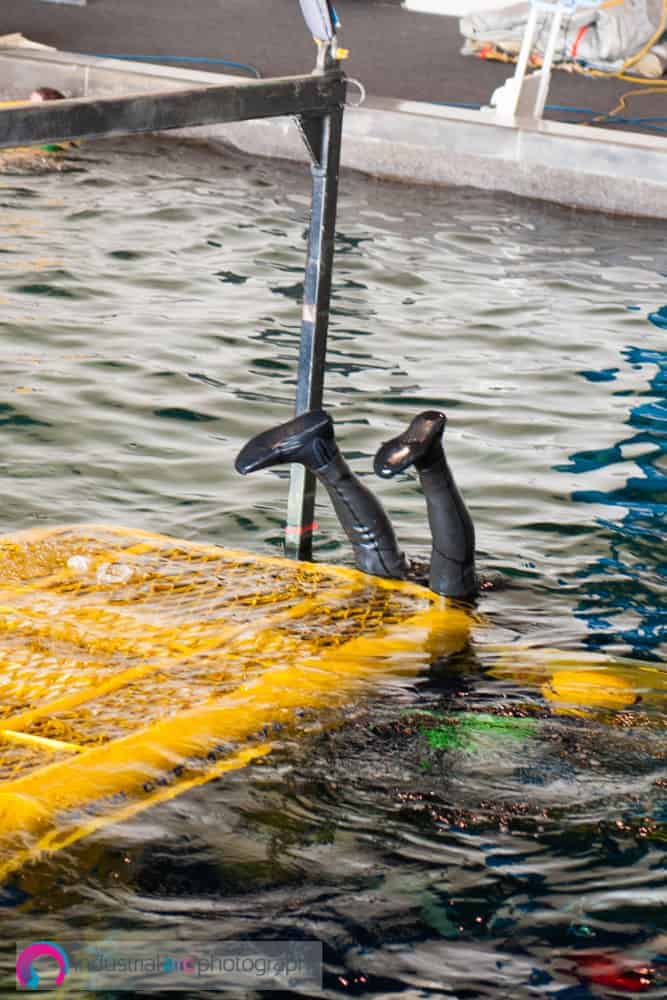A Photographer’s Guide to Surviving a Helicopter Crash
You’re in a helicopter. It’s completely dark. You’ve just crash landed in water. You’re not sure which way is up. Think you could survive?
While most people know of RACQ Careflight Rescue, most people wouldn’t have heard of Careflight Training Services or understand the importance of the training they offer.
One of the many courses they offer is HUET, or Helicopter Underwater Escape Training. What on earth would a helicopter be doing underwater you may ask. Did the pilot leave it on a beach at low tide, only to return hours later to find a manatee trying to mate with it?
Ahhh, no.
Exactly as it sounds HUET it is learning to escape from a helicopter or small fixed wing aircraft when it has made an emergency landing, or ‘ditched’, in water. Mick, the chief instructor explains that it’s all ‘fairly simple’. Crew need to know how to escape in total darkness, without knowing whether they are upside down or right side up, and with other crew on board all trying to escape at the same time (some through the same exits).
Rrrrriiiiight. Yes, I can see how that is ‘fairly simple’.
Mick explains further that the training gives you clear steps to focus on, which means the mind doesn’t have time to panic in an emergency. These guys cover everything from how to prepare once the pilot tells you you’re ditching, how to survive the impact, how to escape the aircraft, and how to survive when you’re bobbing around like shark bait in the ocean.
To prove your competency you have to escape from the simulator under various conditions that include
- Upright through your primary (nearest) exit
- Upside down through your primary exit
- Upside down through your secondary exit (i.e., the one on the opposite side of the aircraft to where you’re seated)
- Upside down, blindfolded, through your primary exit
So, let me get this straight. I’m upside down. In water. In what is essentially a large crab pot that you insist on calling a ‘simulator’. I have to locate and unlatch the door. I have to hold my breath and let water go up my nose.
And you’re going to blindfold me.
Rrrrriiiiight.

HUET Simulator Capsule (or ‘crab pot’ as one slightly deranged participant was calling it) is designed to be plunged into water and rolled upside down
At this point, my eyes are about as wide as man-hole covers and I’m suddenly glad to be holding my camera, and not suiting up to dive in. I don’t hear much from then on as I seem to be absorbing the panic for the crew who have to do it over and over again. If one person on the crew is unsuccessful in any scenario the entire crew must repeat the exercise.
Side Note: ‘Unsuccessful’ in a training situation does not mean death – it means being helped by the divers that are conveniently located underwater with spare regulators.
Mick goes on to tell me that HUET has been shown to significantly increase the survival rate of crews that have ditched in water. Basically, it works. And I can see how. The participants were clearly holding back the waves of panic each time they climbed aboard the simulator. But they each went through the drills step by step and were elated each time they emerged, life intact.
Mick: ‘There’s a spare seat on the last ditch if you like, Jen?’
Jen says ‘Oh… errr… sorry Mick. I, umm, have… ANOTHER JOB! Yeah! Another job! That’s it! So I really can’t be wet. Or late’
(Or dead).



